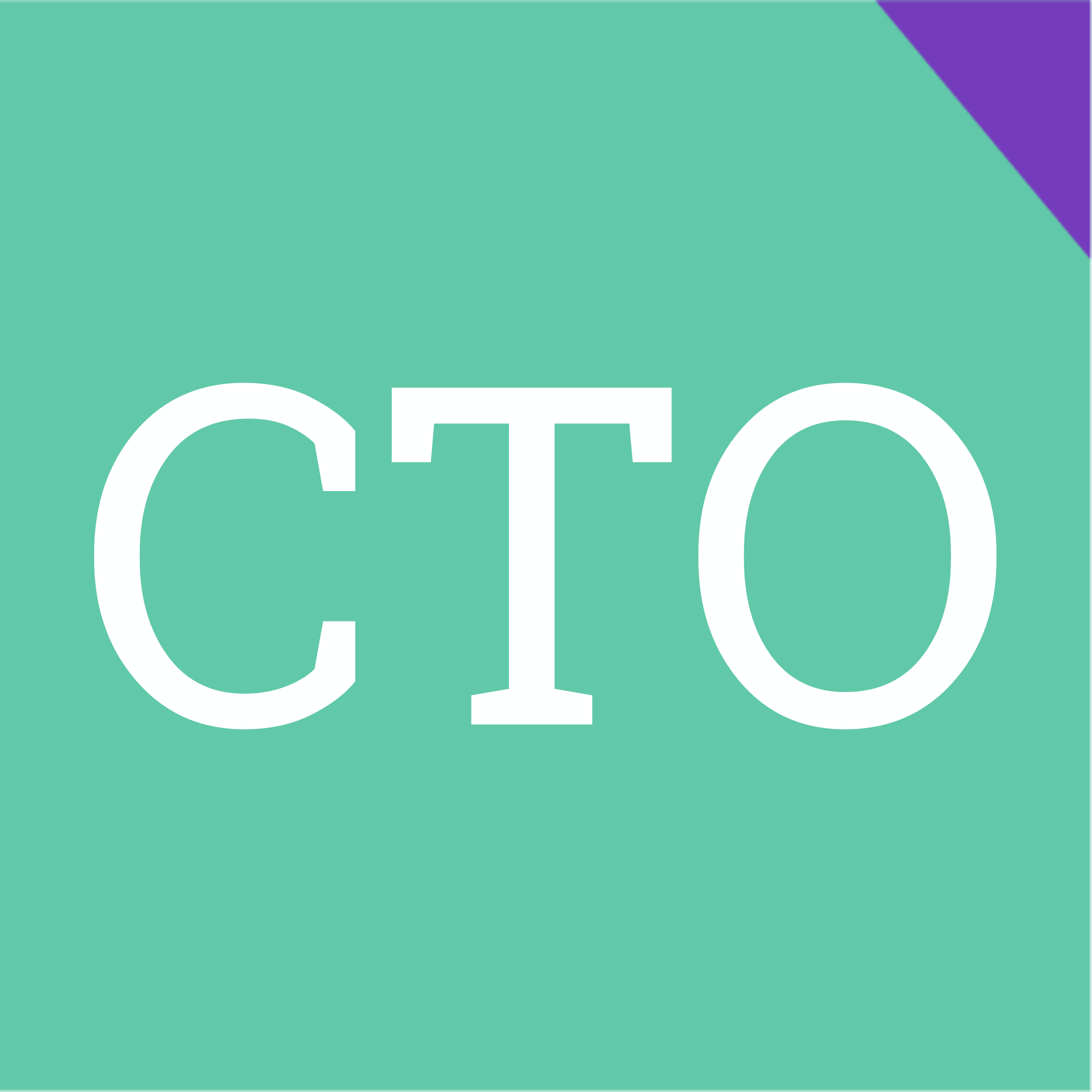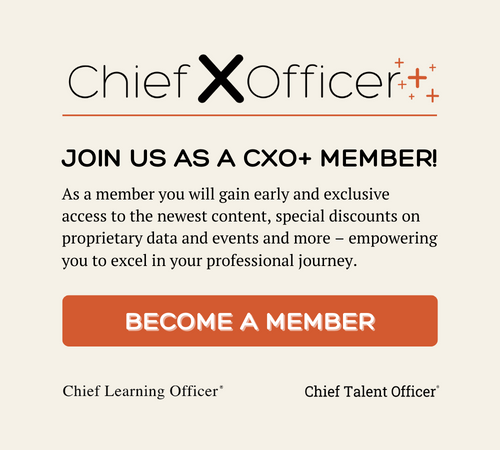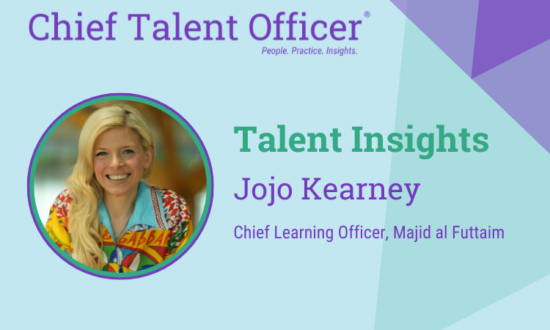Name: Bob Mann
Title: Group Head, Learning and Development, and Member of Group Managing Board
Company: UBS
Successes:
- Established UBS Leadership Institute under the direction of the Group CEO and Group Executive Board with a mandate to ensure senior management development and alignment around corporate strategy and culture.
- UBS selected as one of the top 10 companies in the world for excellence in executive development in 2005 by a vote of peer companies organized by Executive Development Associates.
- UBS Leadership Institute received the Corporate University Xchange’s Excellence Award in 2003 for the “Best Launch of a Corporate University” in recognition of its contribution to the creation of a high-quality learning and development system at UBS.
- Consistent with UBS’ “One Firm” approach, established a shared ownership model for development activities that allows for maximum flexibility in building business group programs and processes that optimize business impact, while maintaining an overarching architecture of core programs and the sharing of best practices.
Learning Philosophy:
“Learning and development must be positioned as a key means of driving and aligning corporate strategy and culture, thus going far beyond more traditional concepts of corporate education. Positioned this way, it becomes a powerful and not easily replicated competitive advantage.”
Legendary jazz musician John Coltrane was well known for his three-on-one chord sound, a method of playing multiple notes at once to create unforgettable music that has whispered into the ears and hearts of many. The connection between Coltrane and leading financial firm UBS may not instantly be obvious, but one does exist. UBS’ businesses in wealth management, investment banking and securities, and asset management, have all been integrated to form one firm, one brand or, as Coltrane might have described it, one sound. With an organization predicated on helping UBS’ senior management align around its core strategic objectives of client focus, entrepreneurial leadership and organic growth, Coltrane’s message is not lost on Bob Mann, group head of learning and development at UBS.
Before joining UBS, Mann held positions at companies such as Xerox and Texaco. More often than not, Mann came on board when the organization was going through some kind of massive change in strategy or direction. In each situation, he was asked to help align and focus the most senior executives in the organization to meet the new direction of the business. Such was the case when Swiss Bank Corp. (SBC) merged with UBS in 1998. “I joined SBC, which became UBS, in a development role,” Mann said. “Within a year, I moved over to London, in the investment banking business, and took over responsibility for performance measurement and management, graduate recruiting, leadership development and succession planning, with the mandate to come up with an integrated approach to all of the above.”
Since joining Swiss Bank Corp., Mann has participated in the evolution of the organization from an employee base of 15,000 to nearly 70,000 and from a turn-of-the-century approach of building capabilities through mergers and acquisitions to building through organic growth. Helping grow the business under the integrated strategy, while maintaining the unique voice of each of the businesses under UBS’ “One Firm” brand, is one of Mann’s greatest challenges. “We have business groups focusing on asset management, investment banking, U.S. and international wealth management, and commercial and retail banking in Switzerland. How do you maintain the diversity in the voices of these different business groups, but at the same time provide the level of integration that’s required to provide optimal value to both clients and shareholders? In learning and development, it’s a constant give-and-take to manage the appropriate levels of consistency with the required levels of differentiation that are necessary to help our business groups achieve their goals while maintaining a one firm approach,” Mann said. UBS’ learning and development teams, he believes, help to continually counterbalance the level of integration against the level of distinctness that is required.
UBS’ learning and development management committee helps to create this balance. Mann meets monthly with development heads from each of the business groups by telephone and three times per year in person to discuss key development products, services and issues. “Through this body, we try to maintain the appropriate level of commonality versus distinctiveness,” he said. “For example, if one business group has decided at the junior high-potential level that they want to develop a learning program, we want to make sure that the effort is leveraged across all the other business groups, and, to the extent possible, that pre-existing content and methodologies are used so that UBS’ development efforts are optimally aligned. This ensures appropriate business group differentiation while providing consistency across business groups where it makes sense.”
In 2002, the group executive board established the UBS Leadership Institute to ensure that senior management development was firmly aligned around the corporate strategy and culture. The direct involvement of Group CEO Peter Wuffli and the group executive board in Institute activities is critical to the strategic role it plays in the business. Mann considers his personal participation in the Institute’s formation to be one of his greatest successes. A strategic forum of group executives and managing board members meets annually to address and review the bank’s strategic challenges, as well as participate in the UBS Senior Leadership Conference for the 600 most senior employees. This year’s gathering was held in Montreux, Switzerland—the home of the International Jazz Festival—and alternates yearly between virtual or physical meeting spaces.
Other Leadership Institute activities include a series of 12 to 14 Global Leadership Experience programs that address different challenges faced by the various UBS businesses and the financial services industry at large, as well as what it means to be truly client-focused and lead in a complex global firm. The Institute pairs senior leaders with coaches to develop the skills needed to excel in a rapidly changing, dynamic organization, and has an Accelerated Leadership Experience process aimed at the high-potential population. UBS also has a well-developed mentoring program to support its integrated business and organic growth models. This program begins at the group executive board level. Each member of the group executive board mentors three to five members of the group managing board across business groups and regions to establish relationships and encourage participants to create greater integration across the UBS businesses. Mann said this exposure often leads to development advantages for both the mentor and the mentee and has created new opportunities to add value for clients.
The appetite for Leadership Institute activities only seems to be growing. “Since many of our programs are strategically focused, they tend to stimulate follow-on activities,” Mann said. “People who go to Institute programs in some instances will come out of it and say, ‘That was great. I learned a lot, but I’d like to apply some of this material to my particular business. How can you help us do that?’ Over the past year to 18 months, we’ve been increasingly focused on helping some of the businesses engage in applying specific learnings, and in supporting a number of key strategic initiatives on a UBS-wide basis. Initiatives including managing for innovation, effective knowledge management and integrated client focus are examples of the type of efforts in which we have participated. We’re not only providing the core or spine of a leadership development architecture on an integrated level through learning and education, we have moved into establishing and reinforcing mentoring relationships, cross-organizational cooperation, targeted business development activity and support of strategic initiatives.”
UBS is a large, diverse firm concerned primarily with dollars and cents and how to increase them. The company’s learning and development function takes a similar philosophical view to its activities by choosing to treat them as investments. “Management of this investment is the responsibility of the respective business group teams. Each of these business group teams has a thorough investment review process to ensure that an appropriate return or benefit is derived. Furthermore, once education investment decisions are taken, there is appropriate oversight and control of all resulting activities to ensure that they accomplish their original goals.
“We do not maintain group-wide training standards for these activities per se, as there is little benefit that can be derived from this, but instead maintain a philosophy of targeting investment in key talents across the organization and on those activities that will create competitive advantage in the marketplace,” Mann added. “For example, we focus on ensuring that our financial advisers are educated in an advisory model that we feel provides competitive advantage. As for more common metrics, we do have a process in place for gathering basic, firm-wide metrics, such as training days, overall investment spend, spend for particular groups of employees, high-potential investment, etc. However, we choose to rely primarily on what we consider to be a self-correcting culture within UBS. If our programs are not reaching the expected results, our clients will tell us immediately. We could take this further by asking 10 people to focus their work efforts on metrics, to compute an estimated return on investment for particular programs, to look at a set of variables that relate to UBS’ investment in education, and to then come back and report on whether or not we’re having an affect on those variables. But I just don’t think that gets us more than self-correcting client feedback.”
Effectiveness also can be measured by the engagement of senior management in the process. “There is a regular review at the group executive board on the number of programs that we’ve run, and each of the CEOs of the businesses regularly speak in all of our programs,” Mann said. “Members of the group managing board will also speak and deliver case studies in each of our programs.” He added that senior executives, including Wuffli, come to the programs because they are learning and being challenged. “It becomes a really interactive learning environment for both the attendees and deliverers of content,” Mann said. “That is what we try to create. If we developed and delivered static programs, we’d be out of business.”
UBS plans to establish a common e-learning platform sometime in 2006 to integrate all of the different systems operating separately as a result of various mergers and acquisitions. Mann also is developing an overall strategy and process to deliver operational risk management education to the organization. “Our goal is to make operational risk management a core competency of the firm,” he said. “We’re designing a program for delivery of key content around operational risk management topics to the entire employee base, with different content for different segments.
“UBS is also working toward a greater integration of talent management, which is a key initiative for the firm because of the highly human-capital-reliant and intense nature of our business,” Mann added. A key element of this effort is an integrated process where succession planning, performance measurement and management, on-the-job training, cross-organizational mobility, education and high-potential identification are tightly woven into one holistic solution to create stronger networks across the firm. “We’re a people business, and relationships across our business are key to effective execution of a ‘One Firm’ strategy and direction,” Mann said. “We’ve built a common understanding of what we’re trying to achieve as a business. We’re now focusing from a leadership perspective on establishing relationships so that we can build those cross-border, cross-organizational networks necessary for our continued success.”
—Kellye Whitney, kellyew@clomedia.com














